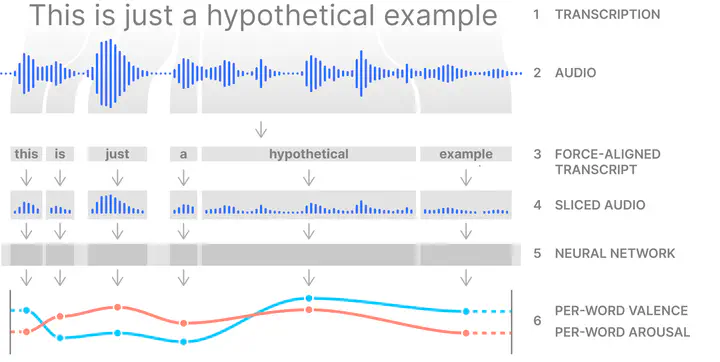Caption Royale: Exploring the Design Space of Affective Captions from the Perspective of Deaf and Hard-of-Hearing Individuals
 Image credit: Unsplash
Image credit: UnsplashAbstract
Affective captions employ visual typographic modulations to convey a speaker’s emotions, improving speech accessibility for Deaf and Hard-of-Hearing (dhh) individuals. However, the most effective visual modulations for expressing emotions remain uncertain. Bridging this gap, we ran three studies with 39 dhh participants, exploring the design space of affective captions, which include parameters like text color, boldness, size, and so on. Study 1 assessed preferences for nine of these styles, each conveying either valence or arousal separately. Study 2 combined Study 1’s topperforming styles and measured preferences for captions depicting both valence and arousal simultaneously. Participants outlined readability, minimal distraction, intuitiveness, and emotional clarity as key factors behind their choices. In Study 3, these factors and an emotion-recognition task were used to compare how Study 2’s winning styles performed versus a non-styled baseline. Based on our findings, we present the two best-performing styles as design recommendations for applications employing affective captions.